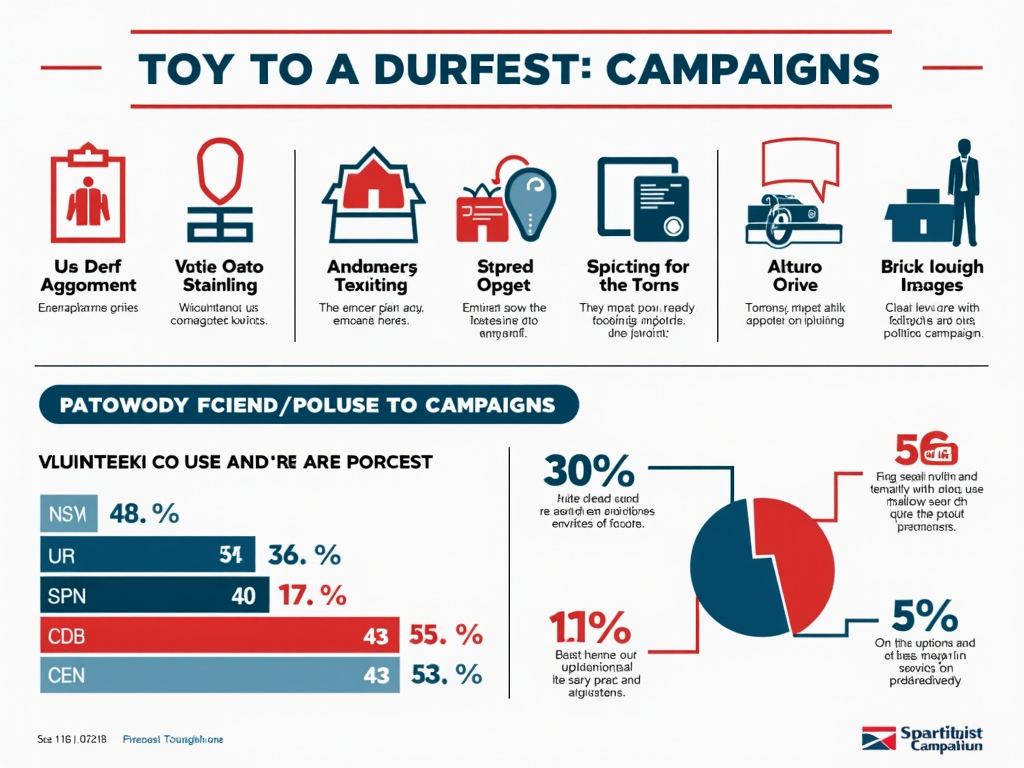Managing Volunteers in the Digital Age
By , May 17, 2025
Overview
Managing volunteers in the digital age presents unique challenges and opportunities for organizations across various sectors, particularly in the realm of advocacy and political campaigning. This article delves into effective strategies and best practices tailored by Nancy Macduff, a respected expert in volunteer management. We will explore how technology can enhance volunteer engagement, streamline operations, and ultimately lead to more effective advocacy volunteering. Whether you are a seasoned campaign coordinator or new to managing volunteers, this article will equip you with essential tools and insights.
The Digital Shift in Volunteer Management
In recent years, the landscape of volunteer management has dramatically evolved. Nancy Macduff emphasizes that leveraging technology is no longer optional but essential for successful volunteer coordination. Digital tools not only simplify the recruitment and onboarding processes but also help maintain consistent communication with volunteers. Platforms like social media and volunteer management software have become lifelines for organizing and mobilizing volunteers.
However, while technology simplifies many processes, it is crucial to strike a balance and ensure that tools enhance rather than replace personal connections. Understanding this balance is critical for engaging advocates in political campaigns.
Best Practices for Campaign Coordinators
1. Utilizing Social Media for Recruitment
Social media platforms such as Facebook, Twitter, and Instagram are invaluable for reaching potential volunteers. By creating targeted campaigns that highlight the mission and impact of the volunteer work, organizations can attract individuals who resonate with their cause.
Additionally, share stories of current volunteers to inspire action among followers. For example, a campaign might create a compelling image or video featuring volunteers making a difference, prompting viewers to get involved.
2. Online Training and Onboarding
Digital training platforms streamline the onboarding process for volunteers. Organizations can create engaging training modules that provide all essential information in an easily digestible format. This allows volunteers to learn at their own pace while freeing coordinators from repetitive training sessions.
3. Data Management and Analytics
Keeping track of volunteer hours, preferences, and performance can significantly enhance volunteer management. Implementing data management tools not only helps in recognizing top volunteers but also in understanding trends and effectiveness. For instance, using analytics to evaluate which recruitment channels yield the highest engagement can guide future strategies.
Advocacy Volunteering in Political Campaigns
Advocacy volunteering is becoming increasingly vital in political campaigns. Digital tools like virtual phone banking, email campaigns, and social media activism allow volunteers to participate more flexibly, often from the comfort of their homes.
For example, during the last presidential election, many volunteers engaged in advocacy by mobilizing voters through phone banking apps that allowed them to connect directly with potential voters, share information about the campaign, and encourage participation. This approach not only empowered volunteers but also increased overall campaign reach and influence.
Table: Digital Tools for Volunteer Management
| Tool | Function | Benefit |
|---|---|---|
| Social Media Platforms | Recruitment and Engagement | Wide outreach |
| Volunteer Management Software | Coordination and Scheduling | Streamlined operations |
| Analytics Tools | Performance Tracking | Data-driven insights |
| Online Training Platforms | Onboarding | Flexible learning |
Overcoming Digital Challenges
While the benefits of technology are clear, there are challenges to consider. For instance, not all volunteers may be tech-savvy, which can lead to feelings of frustration or exclusion. It's essential to provide support and training tailored to different skill levels.
Moreover, maintaining a human touch in a digital landscape is vital. Despite the efficiency of digital tools, personal interactions strengthen bonds and foster a community spirit among advocates. Organizations should strive for regular in-person or virtual check-ins to cultivate relationships with volunteers.
Summary
In conclusion, managing volunteers in the digital age requires a blend of traditional relationship-building and modern technology use. Nancy Macduff's insights highlight that while tools like social media and data management systems provide invaluable support, it is the human connections that truly empower volunteers. By adopting best practices, campaign coordinators can create engaging and efficient environments that help volunteers thrive and advocate effectively.
Recommended Readings
- Volunteer Management: Best Practices for Campaign Coordinators - Deep dive into effective strategies for managing volunteers.
- Understanding Advocacy and its Role in Political Campaigns - Explore the significance of advocacy volunteering in modern campaigns.
- Harnessing Technology in Nonprofit Management - Learn how digital advancements are reshaping nonprofit operations.


